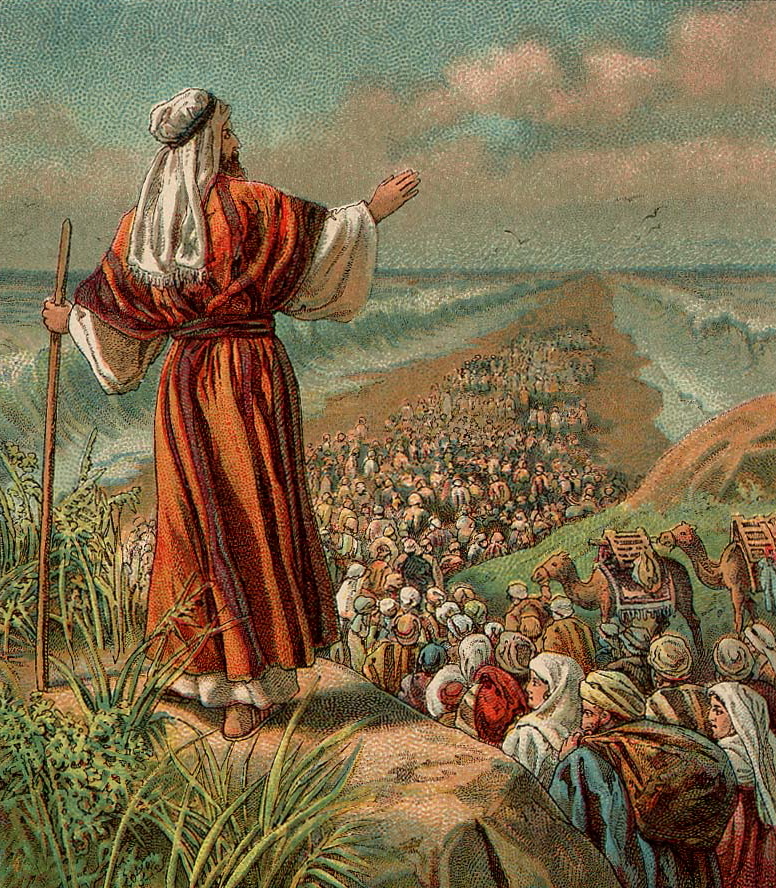
 Lemmings. Popular Science Monthly, 1877. In the public domain.
Lemmings. Popular Science Monthly, 1877. In the public domain.by Kathie MM
Engaging peace. For what purpose should we engage peace?
To resist violence. To prevent violence. To end violence.
Violence is life-shattering, life-destroying.
Peace is life-affirming, love-affirming, future-affirming.
Right now life on Earth faces the most violent assault since the Ice Age, which wiped out not only dinosaurs but also countless other life-forms.
I am not talking about nuclear bombs or neutron bombs or drones or weapons of mass destruction, although all those threats are real enough, terrifying enough.
I am talking about the program of mass murder, mass suicide, and mass genocide that human beings have undertaken through their wholesale destruction of the life forces that sustain them.
What elements made it possible for the original life forms on Earth to evolve? Water, a tolerable level of sunshine, oxygen or carbon dioxide depending on the species, shelter, and nutrients.
What do we need today if we are to survive? Water, a tolerable level of exposure to sunshine, oxygen or carbon dioxide depending on the species, shelter, and nutrients.
What are we doing to the elements that sustain life? Poisoning them. Destroying them. Making the earth uninhabitable for many plant and animal species that can include our own.
More than 15,000 scientists from more than 180 countries have recently issued a warning about the catastrophes that face us and the steps that can be taken. Read and take steps
Nobody has the right to participate in this suicidal process.
I will be writing more on this subject.

